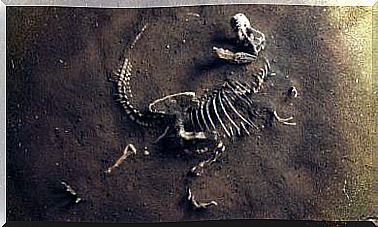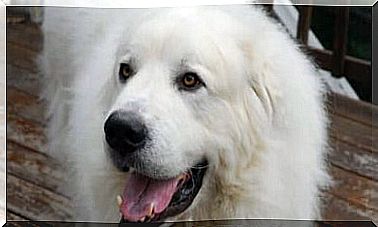Diabetes In Dogs: Appropriate Treatment

Anyone who has never been through this may not be aware that one of the diseases that can affect our dog is diabetes. Yes, this very human disease also attacks dogs. In today’s article we will talk about this disease and also the most suitable treatment for diabetes in dogs.
What is diabetes in dogs
The dog’s body makes a hormone in the pancreas called insulin. Its purpose is that, on its way through the bloodstream, it can transform the food that has been ingested into nutrients that provide the body with energy.
When diabetes develops in dogs, the animal does not produce all the insulin that this process requires, or the insulin it generates does not function properly.
When carbohydrates are converted into glucose and this cannot be metabolized by the body because it does not have the necessary insulin, it accumulates, putting the animal’s health at risk.
In addition, the animal will not have enough energy to face its day to day. For this reason, our dog will want to eat more food, making the problem worse.
Percentage of diabetes in dogs

Author: Valerie
Although the numbers are not known precisely, it is estimated that 1 in 500 dogs suffer from this disease, a proportion that increases when the animal reaches 4 years of age.
Age is not the only risk factor for the disease. Diabetes in dogs most often occurs when the dog is overweight. There are also certain breeds that are more prone to developing diabetes, such as the Samoyed, the Poodle, the Chow-Chow or the Dobermann, among others.
Symptoms of Diabetes in Dogs
When the dog begins to accumulate glucose in the blood, it will show the first signs that it has diabetes :
- A bigger appetite or the other way around;
- Weight loss even if you eat more than usual;
- Excessive thirst;
- Too much urine, as fluid intake increased;
- A state of general apathy due to lack of energy.
Treatment of diabetes in dogs
As with any other disease, the treatment of diabetes in dogs must be personalized for each case. For example, an animal that has been diagnosed with the disease and continues to eat as usual and is not vomiting, will be treated with insulin injections.
This will be done as directed by your doctor and always using veterinary insulin.
In more serious cases , it may be necessary for you to be admitted to a veterinary clinic so that an intensive treatment against the disease can be carried out.
He will usually receive two injections daily and will be monitored to control his vital functions. In these cases, it is possible for the veterinarian to decide which is the best insulin to be administered, perhaps the same one used in humans.
The hospital stay will last as long as necessary to stabilize the pet’s health.
In any case, the goal of a diabetic dog’s treatment is to prevent its glucose levels from becoming too low, while in the case of humans, it strives to stabilize them.
An animal’s high blood glucose levels have a lower impact on its health, as its lifespan is shorter than that of humans. In fact, when they are slightly tall, the symptoms of the disease usually disappear.
Even so, it will be tried that, as far as possible, the owner of the animal takes the record of the amount of food and drink that the animal ingested, in addition to controlling the levels of glucose in the blood.
Feeding and exercise to treat diabetes in dogs

The veterinarian will determine what diet we should follow when feeding our pet. Your diet should be varied and attractive.
We cannot forget that, on certain occasions, the animal may present as a symptom, lack of appetite, a problem that we will have to deal with with constancy and patience.
When the opposite occurs, and the animal is hungrier than usual, we will have to try (and succeed) to make the animal not eat anything outside the established diet.
Exercise is a fundamental part of treating diabetes in dogs. We should try to make the animal lead an active life, taking it for walks daily. Don’t let the lethargy that out-of-control diabetes can cause, let it lead a sedentary life.
Always put into practice all the guidelines that your veterinarian has given you and you will see that diabetes will not prevent them from enjoying a normal life. Diabetes in dogs is completely controllable.
Image credits: perlaroques and Valerie.









